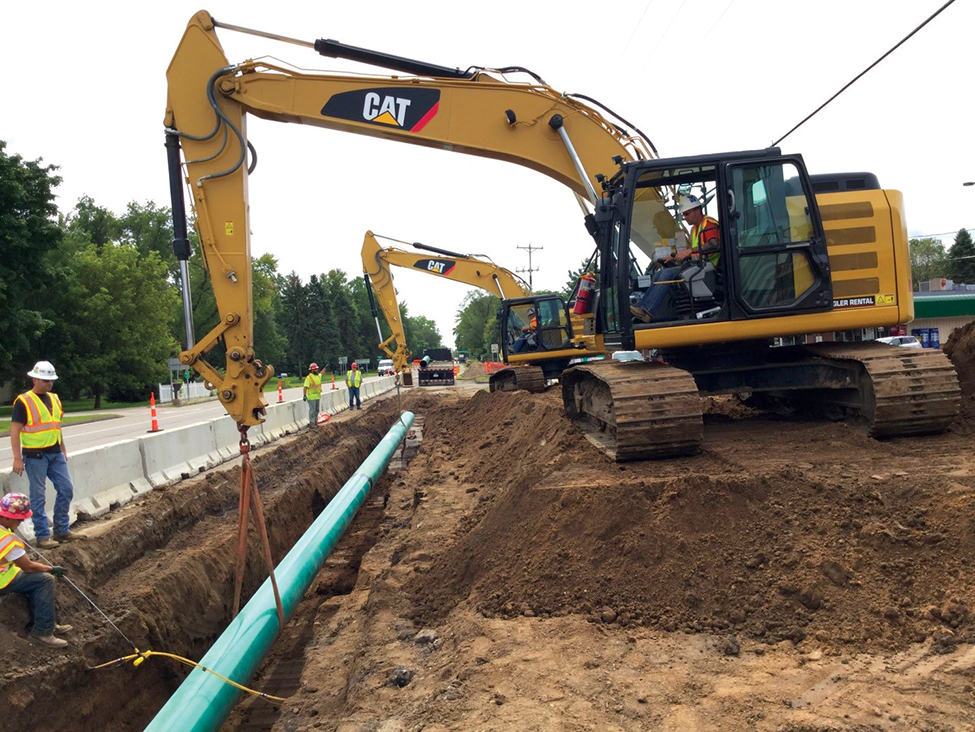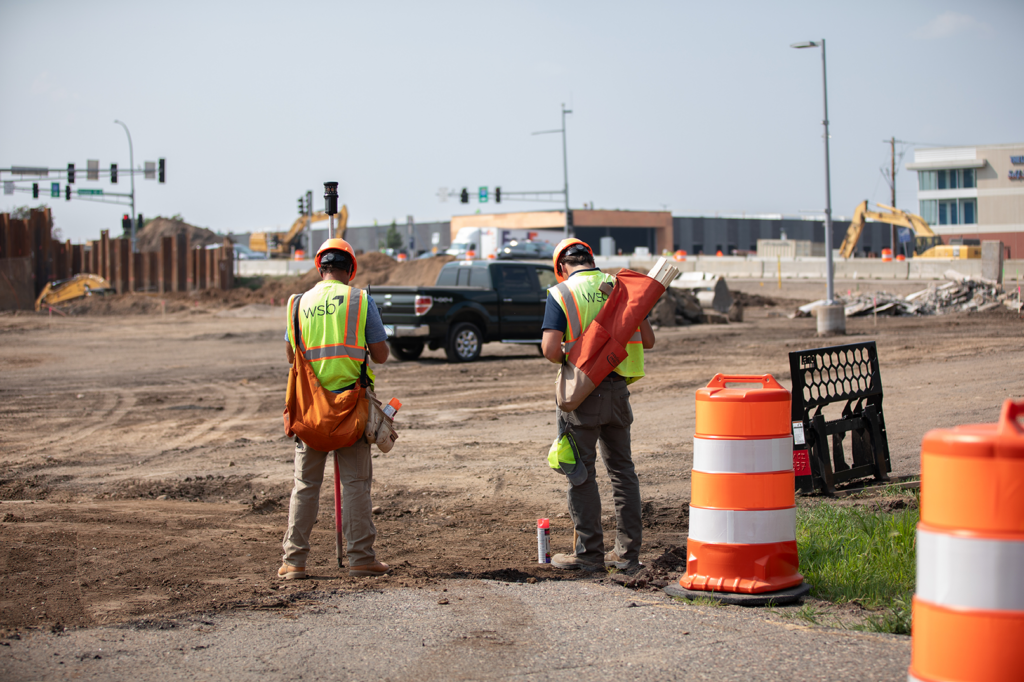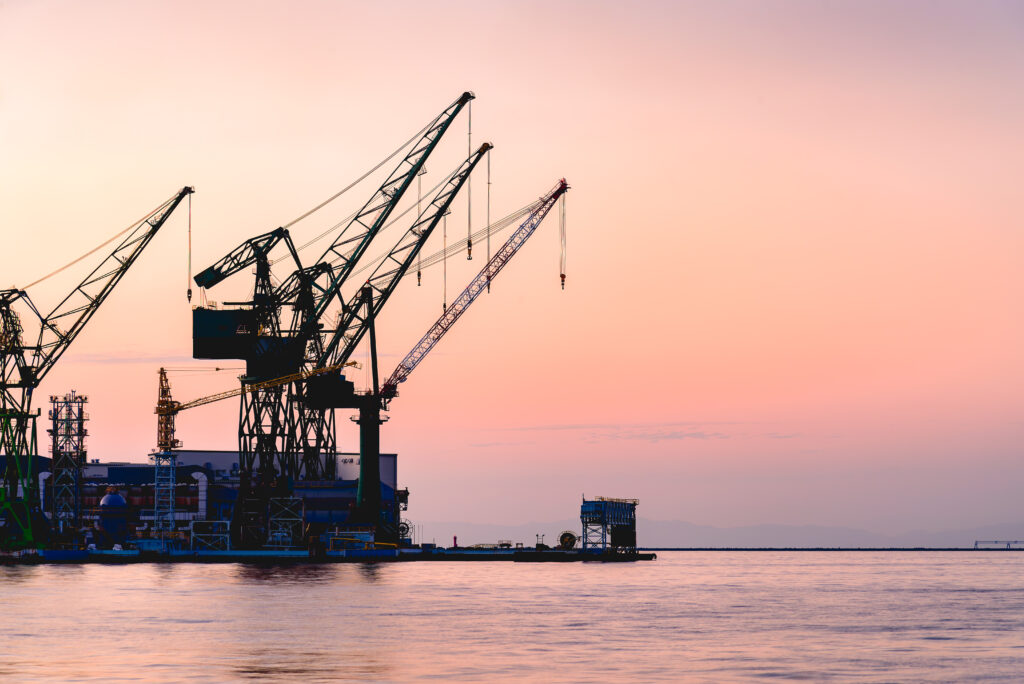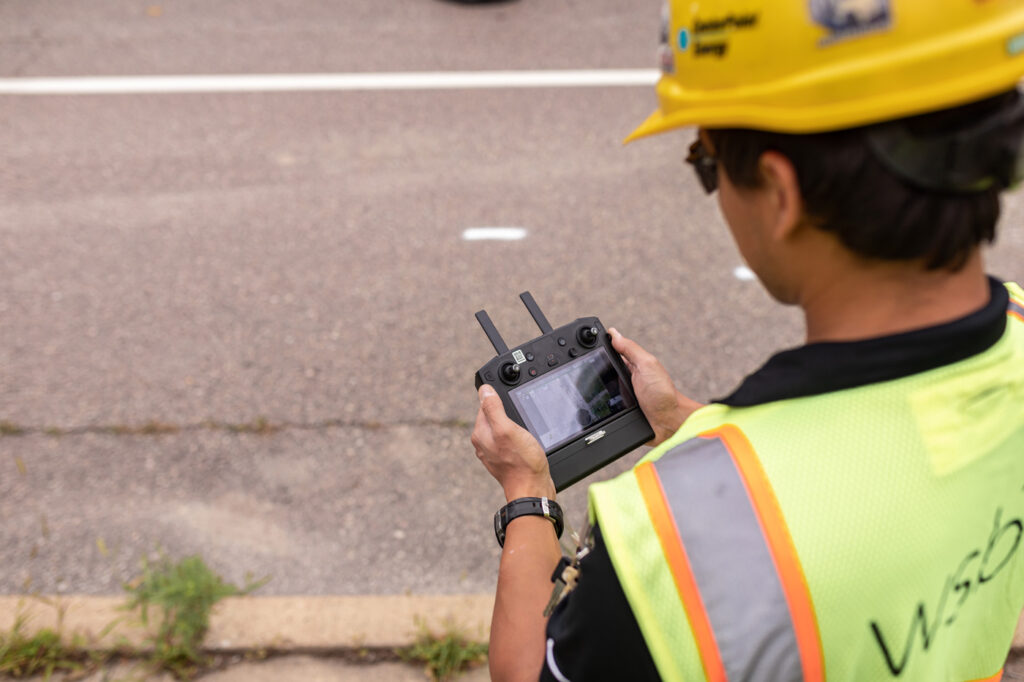Pipeline Safety & Integrity, as Related to Geohazard Risk
On May 26, 2022, the Pipeline and Hazardous Materials Safety Administration (PHMSA) issued an updated advisory bulletin (Docket No. PHMSA-2022-0063) to remind owners and operators of gas and hazardous liquid pipelines about the potential for damage and safety-related issues caused by geologic hazards (geohazards), including earth movements and climate-related hazards. Geohazards are naturally occurring and dynamic processes, capable of causing widespread damage, loss of property and/or injury and loss of life.
Earth movement hazards include slope instability, subsidence, frost heave, soil settlement, erosion, scour, and earthquakes. The causative factors of earth movements are myriad and complex but rooted in the understanding of regional geology, environmental conditions, and human influence. Earth movements can be exacerbated by local surface conditions (variable, steep, and rugged terrain), changing subsurface conditions, and climate-related hazards (e.g. heavy rainfall, flooding, washouts, weakened or unstable soil). It is important to understand that natural geohazards rarely occur in isolation but instead as hazard cascades: events that precipitates another, increasing resultant risks and consequences. Thus, it is imperative to consider and examine all possible geohazard factors when determining risk.
As outlined in 49 CFE 192.103 and 49 CFR 195.110, gas and hazardous liquid pipelines must be designed to withstand external loads, including those imposed by geohazards. In addition, PHMSA requires operators to take preventative and mitigative measures to avoid pipeline failure and consequences, such as those caused by geohazards (49 CFR 192.935 and 49 CFR 195.452). Additionally, integrity requirements pursuant to geohazards can be found under 49 CFR 192.917 and 49 CFR 195.452.
To ensure pipeline safety and integrity against geohazards, operators should consider taking the following actions:
- Identify areas surrounding the pipeline which may be prone to earth movement and other geohazards. For each identified location, plans should be developed, with the assistance of geotechnical engineers, outlining design, construction, and monitoring procedures, based on site-specific hazards.
- Monitor environmental conditions and changing weather patterns. Note, soil stability can be adversely impacted by changing weather patterns; evaluate soil and surface materials regularly.
- Mitigation measures should be designed and implemented, as need be, based on site-specific conditions.
Due to the complexity and variability of geohazards, WSB’s Energy Sciences team recommends comprehensive geohazard risk assessments be performed for energy pipelines on five-year schedules. Our team of scientists and risk assessment specialists can help you identify, mitigate, and manage geohazard risks through services tailored to meet regulatory requirements and individual risk profiles.




